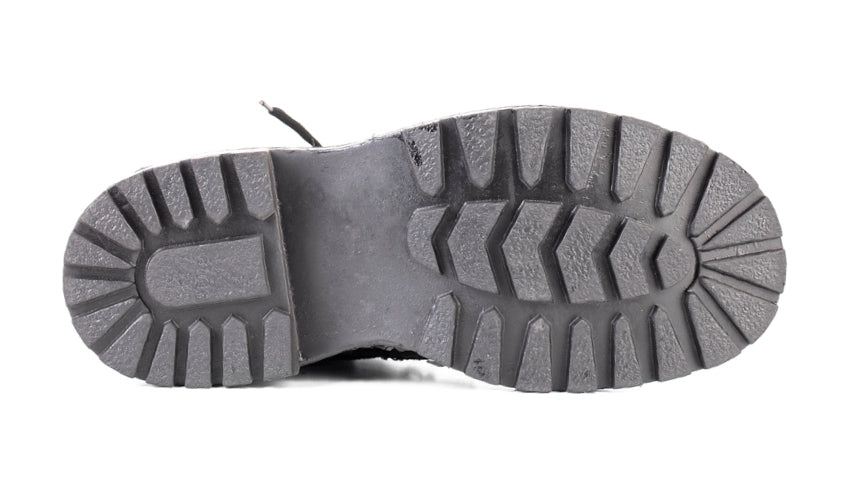
Rigid, inflexible soles are a common inclusion in most conventional footwear. Most shoe manufacturers have taken the idea of foot sole protection and gone well beyond what is necessary or healthy for your foot. In most cases, only a thin layer of material between your foot and the ground is required for adequate foot protection. And people who have grown up in a barefoot culture may not require any sort of external foot protection.
Immobilization & Deformity
The biggest problem with rigid, inflexible soles is that they hold your foot in a compromised and deforming position, both during activity and at rest. Stiff soles, then, when combined with other problematic shoe design features—tapering toe boxes, toe spring, and heel elevation—effectively immobilize your foot in an abnormal configuration and prevent your foot structures from performing the way nature intended. Think of it this way: What other body parts do you immobilize for prolonged periods? Why would it be effective or advantageous to do this to your feet? When you wear shoes with rigid soles, it’s like putting your foot in a cast and expecting it to get stronger.
An Impediment to Mindful Movement
Stiff-soled shoes are also an impediment to mindful walking or running. With a stiff-soled shoe, there is no need to consider your foot placement, how your foot is striking the ground, and what effect this is having on your gait, posture, and musculoskeletal health (including joint health). Stiff, inflexible soles cause you to lose the tactile sensation of the ground—a true detriment to anyone interested in the full array of sensations possible when hiking or running.
Rigid vs. Flexible Soles
Rigid soles, though believed by many to be beneficial, may actually hinder your foot’s propulsive ability, contribute to immediate and long-term foot, ankle, and other musculoskeletal problems, and increase your likelihood of injury from poor foot placement. Search for shoes that can easily be folded in half (sole of the forefoot touching sole of the heel), preferably with just one hand. This folding ability is an indication of a flexible and foot-healthy sole. Also consider the degree to which you can twist the soles of your shoes. A shoe that's easily twistable is another excellent indicator of sole stiffness and appropriateness. You should be able to bend your shoe in multiple directions with minimal effort.

WANT TO IMPROVE YOUR FOOT HEALTH?
Let the team at Natural Footgear help you! Subscribe to our newsletter for the latest offers and helpful info, and sign up for our FREE email courses on various topics and foot health conditions.
Sign Up →
Want to Improve Your Foot Health?
We are here to help you every step of the way. Get our newsletter for the latest offers and helpful info, and sign up for our FREE email courses on various topics and conditions, including bunions, hammertoes, neuromas, plantar fasciosis, shin splints, ingrown toenails, and more.
Sign Up →
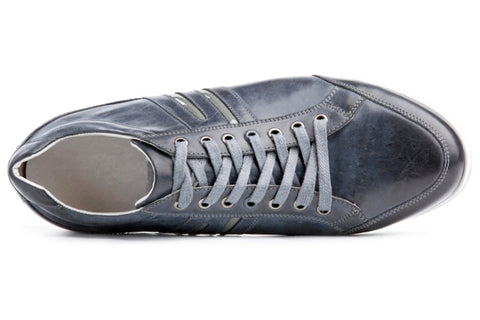 Toe box taper—the narrowing of a shoe from the ball of your foot to the ends of your toes—is one of the most harmful features of conventional footwear. It's difficult to find a pair of shoes or boots (or even sandals) that are wider at the ends of your toes than the ball of your foot. Most shoes and boots, including athletic models, force your toes into a wedge position...
Read more
Toe box taper—the narrowing of a shoe from the ball of your foot to the ends of your toes—is one of the most harmful features of conventional footwear. It's difficult to find a pair of shoes or boots (or even sandals) that are wider at the ends of your toes than the ball of your foot. Most shoes and boots, including athletic models, force your toes into a wedge position...
Read more



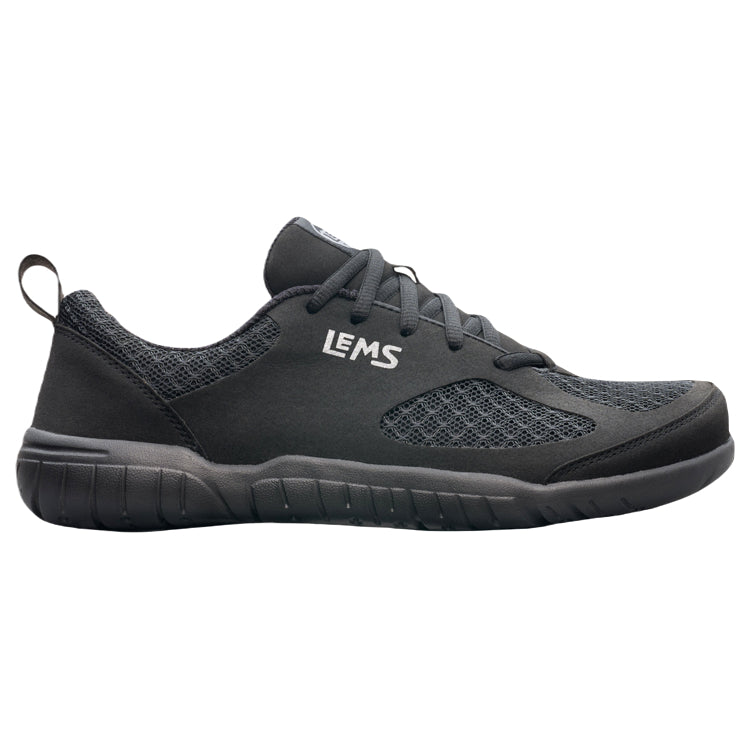
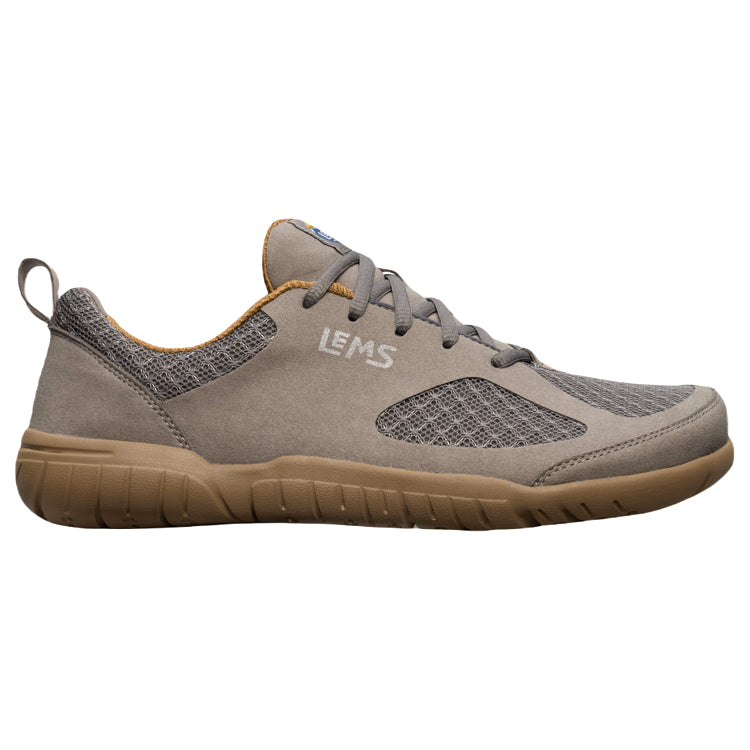
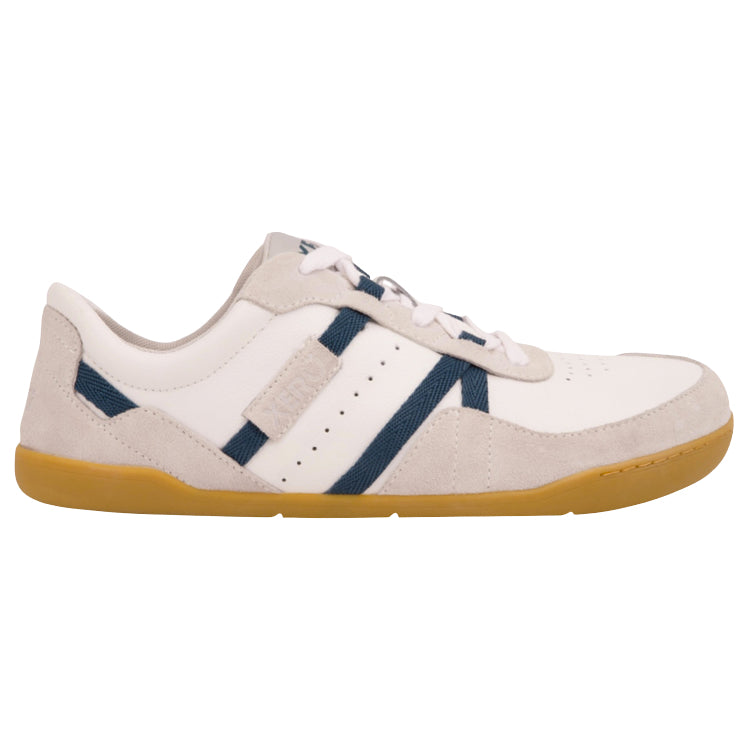
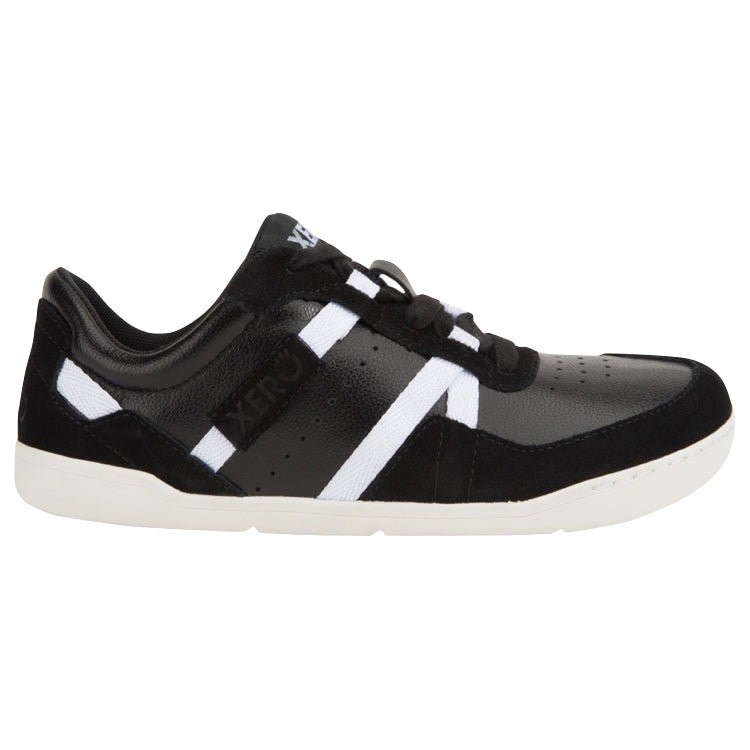
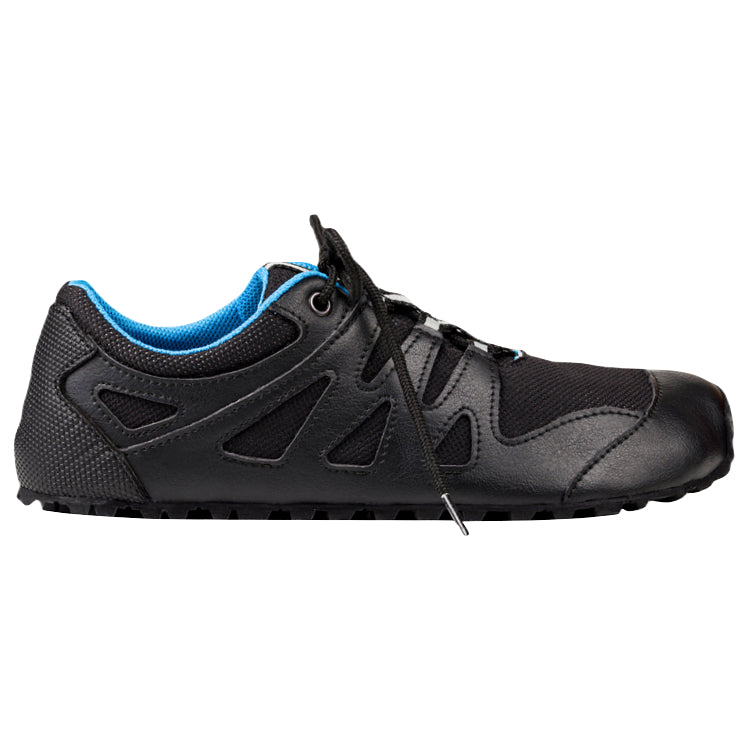
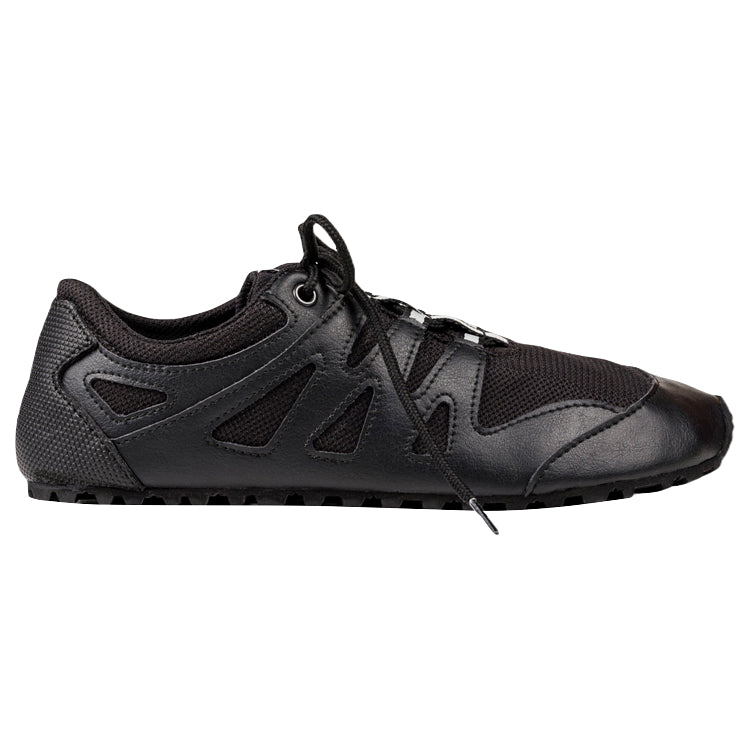
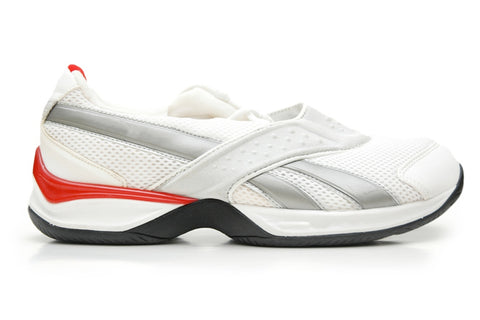
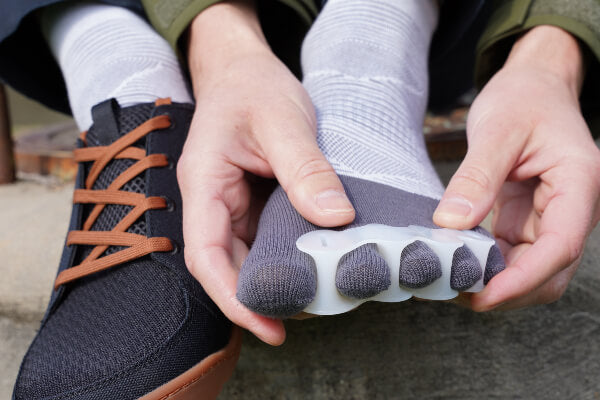
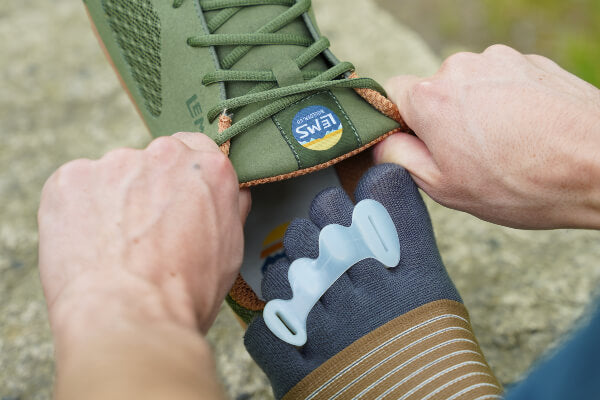
I was amused to read about the hazards of hard soles when that is exactly what I am seeking for my bicycle adventures. The rat-trap pedals hurt my feet when they dig through the soft rubber soles. I remember when shoes were hard leather soled. I can’t use modern bike shoes due to the silly straps atop them. I use toe clips, which means I must insert the toe of my shoe without hindrance.
Hi, John,
Thank you for your message and for checking out our article about rigid soles! I would suggest trying out the Topo Sante (a current shoe offering on the Natural Footgear site). It incorporates a Boa closure system and is a good option for flat-pedal cycling, as it has a slightly stiffer sole than some of our other offerings. In addition, instead of “rat-trap” pedals, have you heard of Power Grips? This is a great product for cyclists who want to stick with (or shift to) flat pedals. Also, you might like this article about cycling shoe surgery:
www.naturalfootgear.com/blogs/education/17861648-cycling-shoe-surgery
Wishing you the best in foot health, and please let us know if you have any questions.
Kind regards,
Laura Trentman